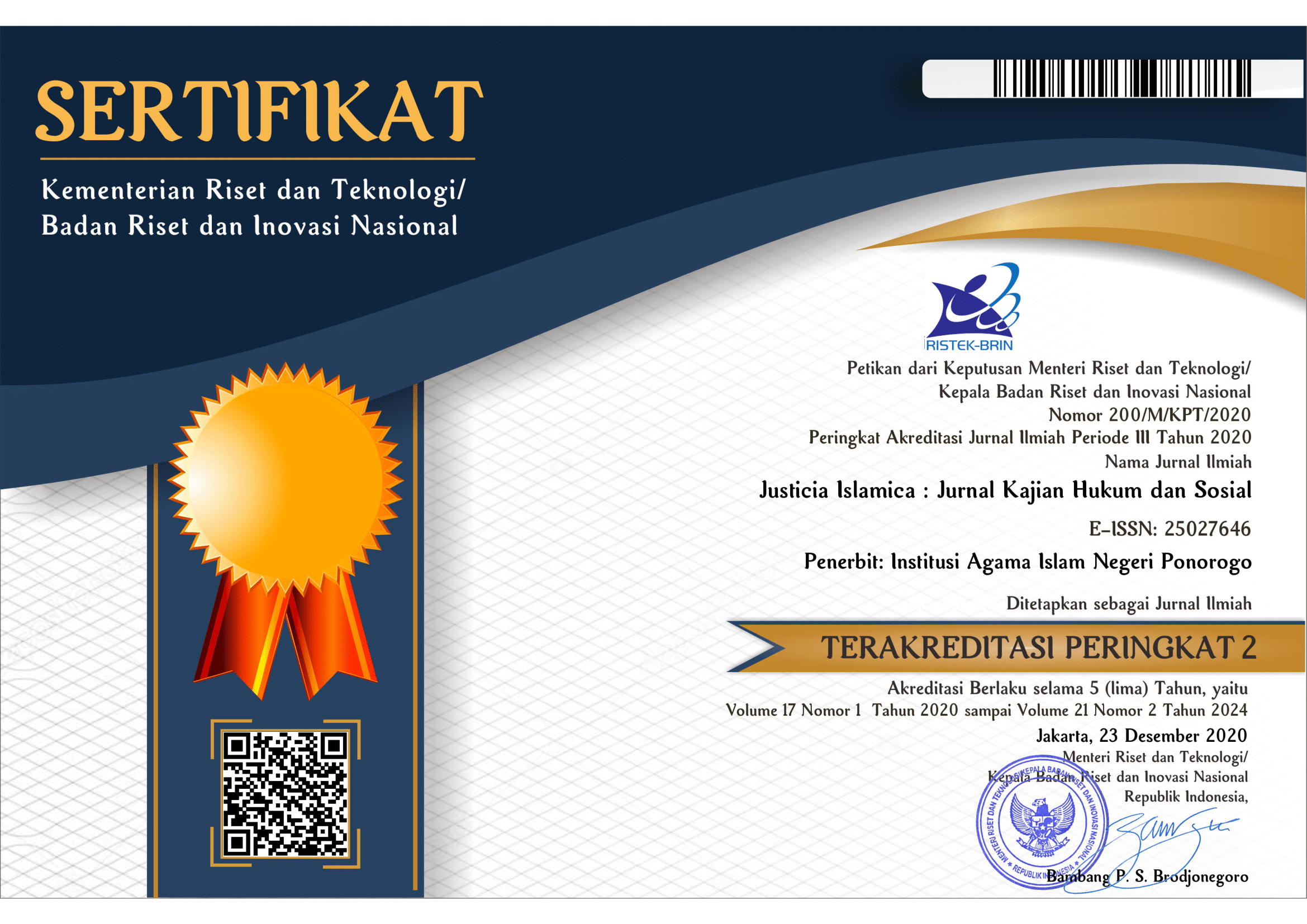Hukum Islam dan Hak Asasi Manusia
Keywords:
human rights; Islamic maqashid; justiceAbstract
This study aims to examine the relationship between Islamic law and human rights (HAM), as well as how sharia principles can contribute to the protection and promotion of human rights in modern society. This study uses a qualitative method with a literature study approach, examining the main sources of Islamic law such as the Qur'an, Hadith, and international documents on human rights. The results of the study show that Islamic law basically supports human rights values, such as the right to life, freedom of religion, justice, and equality before the law. However, there are challenges in the interpretation and implementation of these norms in several social and political contexts. This study emphasizes the importance of the maqashid sharia approach and the contextualization of Islamic law so that the universal values of human rights can be in harmony with the principles of sharia in a substantive and applicative manner.
References
.
Downloads
Published
Issue
Section
License

This work is licensed under a Creative Commons Attribution-ShareAlike 4.0 International License.
Requirements to be met by the author as follows:
- Author storing copyright and grant the journal right of first publication manuscripts simultaneously with licensed under the CC BY-SA allows others to share the work with a statement of the work's authorship and initial publication in this journal.
Authors can enter into the preparation of additional contractual separately for the non-exclusive distribution of a decadent version of the journal issue (e.g., post it to an institutional repository or publish it in a book), with the recognition of initial publication in this journal.
Authors are allowed and encouraged to post their work online (e.g., in institutional repositories or on their website) before and during the submission process because it can lead to productive exchanges and citations earlier and more severe than published works. (see The Effect of Open Access).
This work is licensed under CC BY-SA.


















